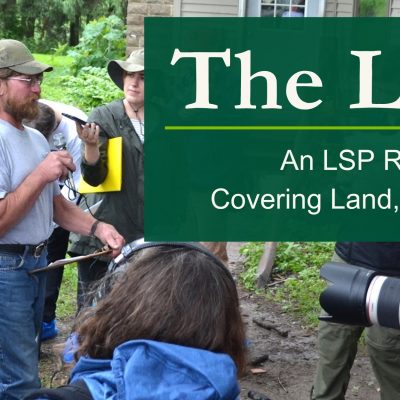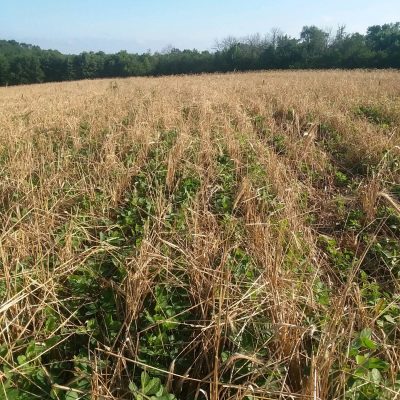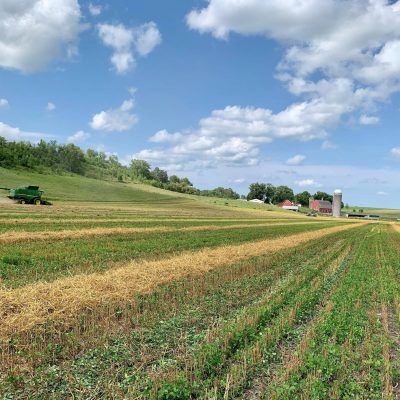Land Line: Meat Giant, Farmland Access, Food Banks, Greenhouse Gases, Immigrants & the Economy, Swampbuster, King Oak
The World’s Biggest Meat Company Gets the Greenlight to Go Public on the New York Stock Exchange (4/25/25) Despite a long history of corruption and connections to illegal deforestation, the largest meatpacker in the world has been granted a listing on the New York Stock Exchange by the U.S. Securities and Exchange Commission (SEC), reports… Read More →


